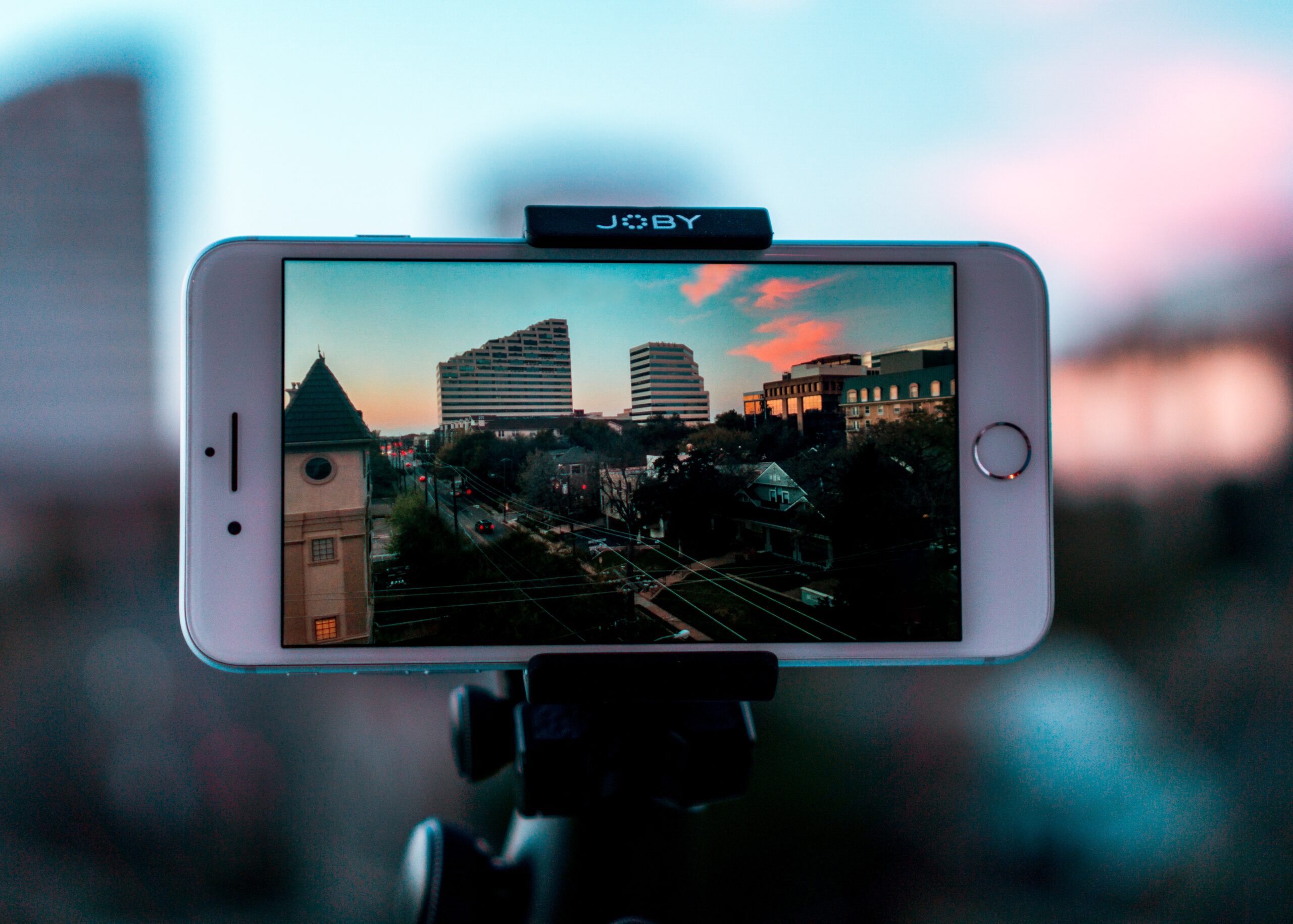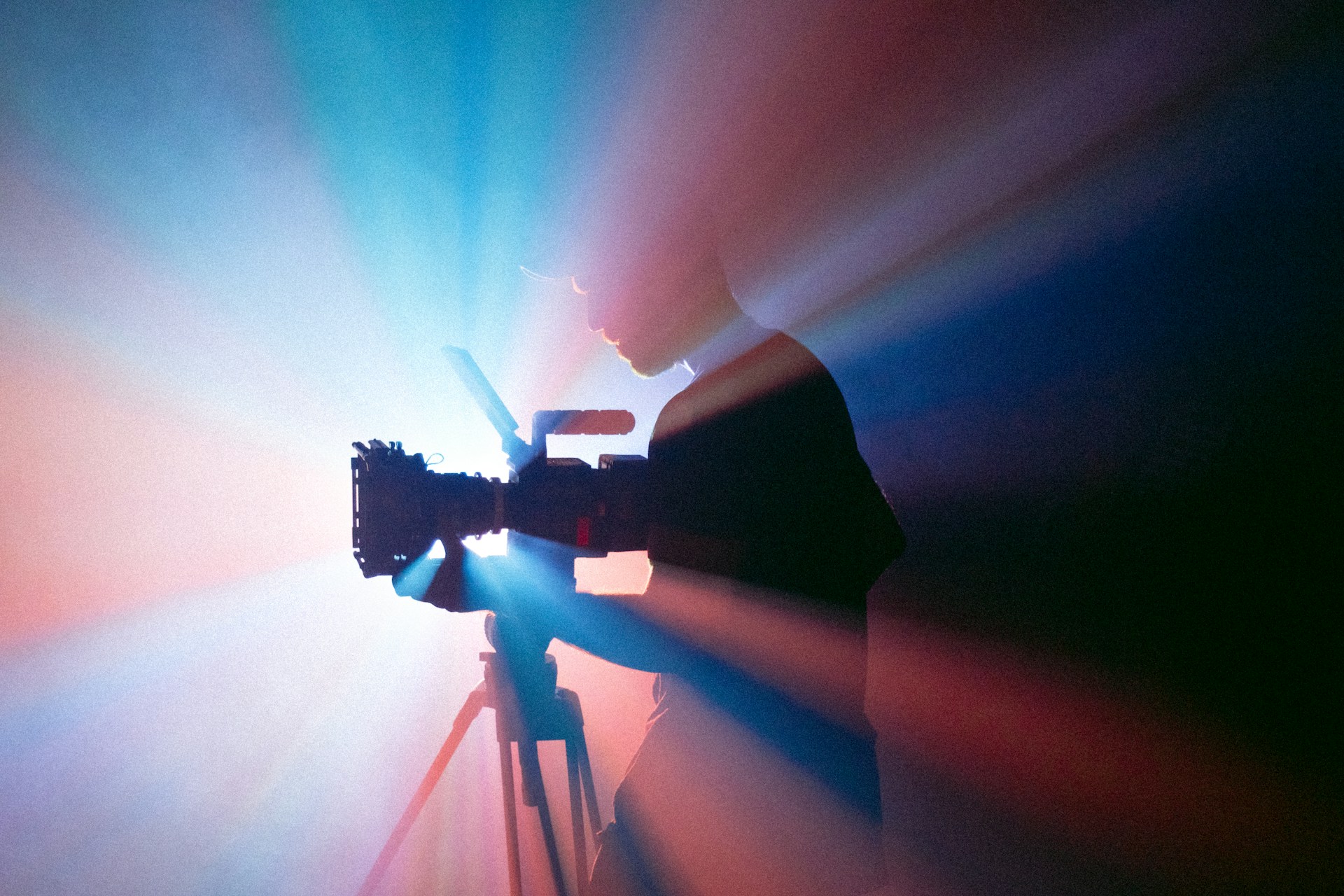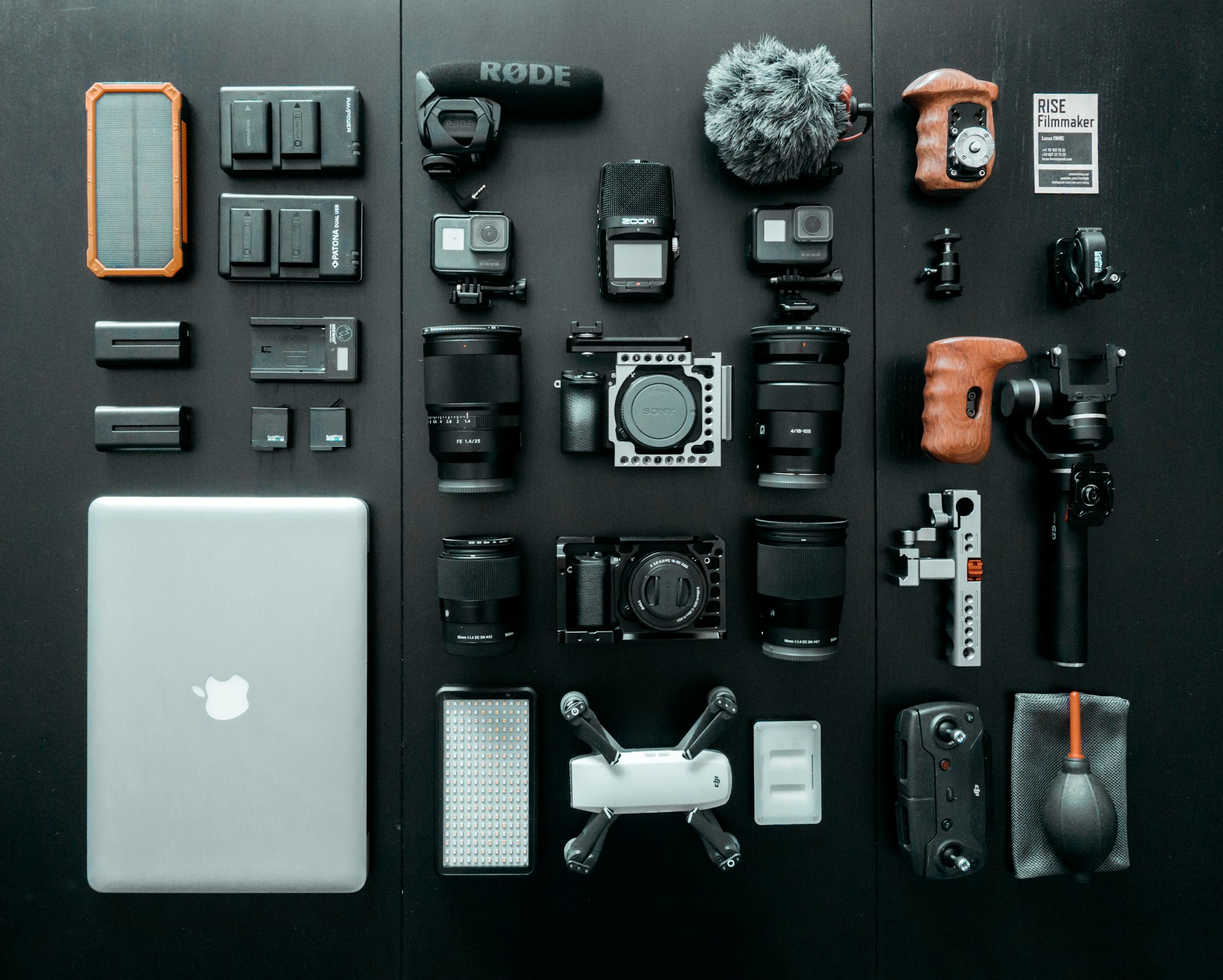Ever wished you could shoot and create professional looking videos with your smartphone? In the not-so-distant past, filmmakers would dismiss the idea of shooting a movie on a phone due to the perceived inferior quality compared to pricier devices. However, times are changing rapidly. A noteworthy example is the recent project “Unsane” by the renowned American film director Steven Soderbergh, which was shot entirely on an iPhone.
This paradigm shift is evident as professionals and amateur photographers alike find various reasons to embrace phone videography. Christian Nachtrieb, a Boston-based corporate and wedding photographer has something to say about the topic:
Like many of his peers, Christian Nachtrieb, a Boston-based corporate and wedding photographer, finds phones aren’t just continuing to improve in terms of quality, but they’re also extremely convenient. “It’s the readiness factor. Having a phone right in your pocket is a huge plus,” says Mr. Nachtrieb, who might see a stunning sunset, capture it on his phone, and then splice it into a final wedding video. “No one in a million years could tell the difference between our main cameras and the iPhone.”
Full Article at The New York Times

The Evolution of Good Video
The advancements in video quality open up new possibilities for creating exceptional videos. However, the definition of a “good video” varies, encompassing both technical excellence and enjoyable viewing experiences. Delving into the fundamental elements that contribute to a good video is essential for anyone venturing into the world of phone videography.
Composition:
Deliberately composing elements in a scene or sequence is crucial. Using the phone’s LCD as an artistic tool allows for the arrangement of forms, colors, lines, and textures akin to a fine-art painter on canvas. Principles like the rule of thirds can guide users in achieving effective composition.

Lighting:
Experimentation with lighting not only defines subjects but also sets the mood and evokes emotions. Being mindful of the main light source helps avoid unflattering shadows or harsh lighting conditions. As legendary film director Martin Scorsese noted, “Light is at the core of who we are and how we understand ourselves.”

Point of View:
Considering both the physical lens angle and the narrative perspective is vital. Tailoring the video’s point of view enhances storytelling and engages the audience. It prompts creators to ask questions like, “How will the video’s point of view help me tell the story?”

Beyond Visuals: The Power of Storytelling
While technical excellence is essential, a video’s quality can be driven by non-visual aspects. Compelling storytelling or captivating subject matter can sometimes outweigh technical flaws. Instances from iconic films like “The Blair Witch Project” and “Rocky” demonstrate how powerful narratives can transcend visual imperfections, creating memorable and impactful moments.

Setting Up Your Phone for Optimal Video
Before embarking on a video project, it’s crucial to ensure that your phone is set up properly. Pay attention to key settings such as video resolution and frame rate, as they significantly influence video quality and file size. Additionally, a simple yet crucial tip is to clean the lens thoroughly to maintain video clarity.
Practical Tips for Improving Video Quality
- Orientation:
- Emphasize shooting horizontally to avoid the amateur look associated with portrait mode.
- Horizontal videos are generally more visually appealing and align with standard viewing preferences.
- Avoid Back Lighting:
- Positioning the light source to the side or behind you prevents subjects from appearing as silhouettes.
- Awareness of lighting conditions contributes to the overall visual quality of the video.
- Use Both Hands:
- Stabilizing your phone with both hands reduces the chance of shaky footage.
- Minimizing the “Jell-O effect” caused by rapid camera movements enhances video professionalism.
- Lock Focus and Exposure:
- Tapping on the LCD to lock focus (on Android) or holding your finger in place (on iPhone) ensures consistent focus.
- Locking or manually adjusting exposure is crucial, especially in challenging lighting conditions.
- Improve Audio:
- Recognize the importance of good audio for high-quality videos.
- Utilize Bluetooth microphones or explore audio accessories to enhance sound quality.
- Consider creative audio solutions, such as recording audio separately and syncing it in post-production.
- Try Slow Mo and Time Lapse Effects:
- Explore built-in features like slow-motion and time-lapse modes for creative video effects.
- Experimenting with these features adds a dynamic element to your videos, making them more visually engaging.
Embracing the Art of Phone Videography
Embracing these tips can transform the experience of shooting videos on a phone from a less intuitive process to a professional and rewarding endeavor. As technological advancements continue to bridge the gap between traditional cameras and smartphones, the potential for creating high-quality content on mobile devices becomes increasingly limitless.
Whether you are a seasoned videographer or a novice exploring the realms of cinematography, understanding the evolving landscape of phone videography can open doors to new creative possibilities. As phones continue to blur the lines between professional and amateur videography, the democratization of content creation becomes more evident, empowering individuals to share their unique perspectives with the world. So, pick up your phone, explore its capabilities, and embark on a journey to capture and create videos that resonate with your audience.



